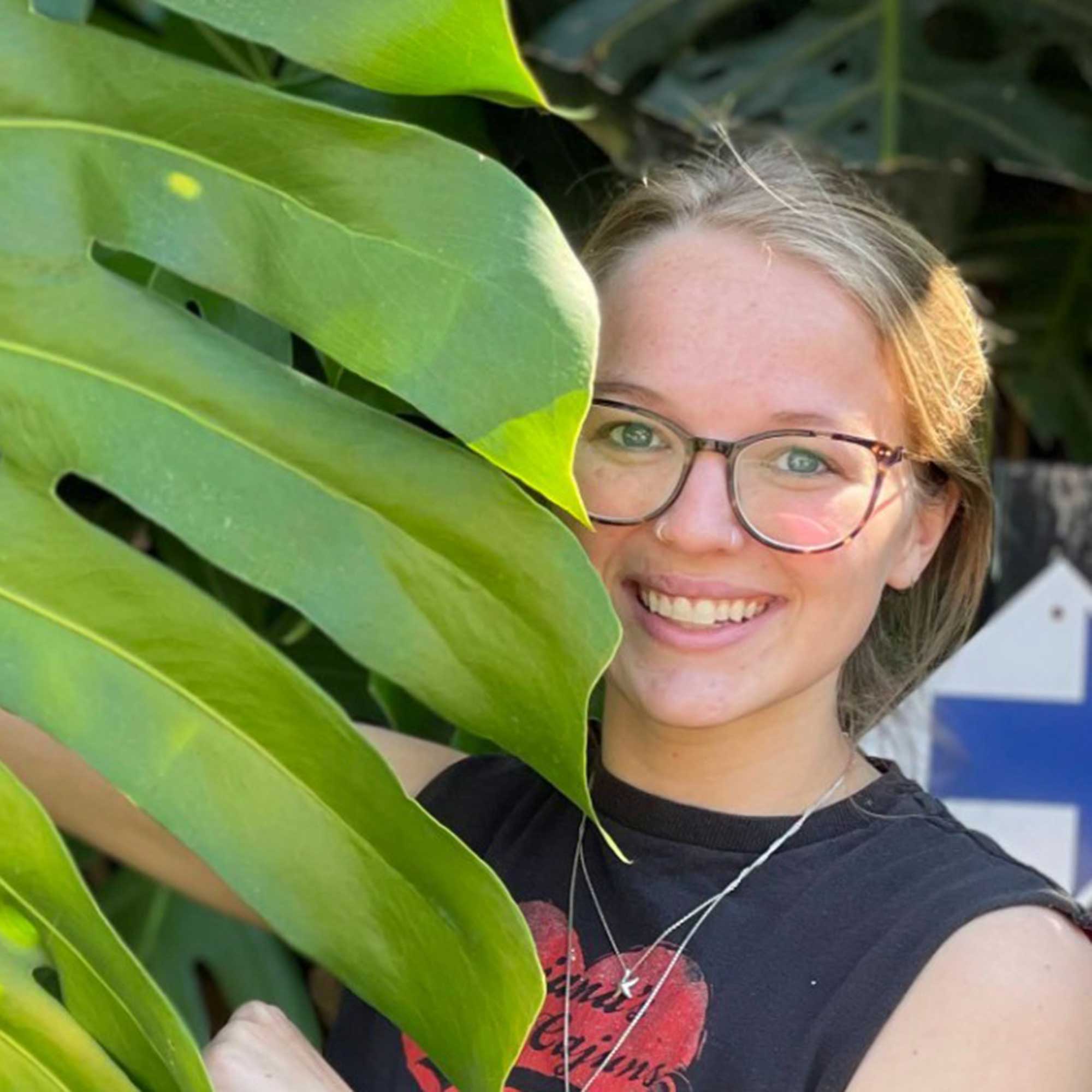How to grow houseplants without soil – experts share their tips on hydroponics
It may come as a surprise, but many houseplants don't need potting soil to thrive. Here's how to adopt an alternative approach in your indoor garden


Growing houseplant cuttings in water for propagation may sound familiar. As it turns out, this approach can be applied to full-sized plants, too.
When I heard about the concept, also known as hydroponics, I was super excited to try it for my own indoor plants. After all, using (and storing) bags of potting soil can get pretty messy in an apartment with no outdoor space. Plus, the prospect of preventing fungus gnats is very enticing.
While there are pros and cons of hydroponic gardening to consider, once understood the process is pretty simple, and I now have a calathea growing this way, as well as a once-neglected anthurium that I'm attempting to rescue. After scrolling through social media, it seems that many plant parents have had successful results with the technique, which is often tipped as the future of indoor gardening, so I'm feeling hopeful.

Growing houseplants without soil is easier than you might expect
How to grow houseplants without soil – an expert guide
If you want to try this technique, too, the following advice from houseplant experts will help.
Growing houseplants in water

Ensure the water is kept clean
Most plants can be grown this way – from pothos to monsteras.
To start, Kiersten Rankel, an expert from houseplant-care app Greg, says to choose a glass vase, jar, or pot – 'any vessel with a wide mouth and no drainage hole. Colored glass works best to help prevent algae growth,' she adds.
Next, you need to wash the soil away from the roots of your plant. I did this by putting my plants in the bath and spraying them with the shower head, using my fingers to carefully get into the nooks and crannies.
Design expertise in your inbox – from inspiring decorating ideas and beautiful celebrity homes to practical gardening advice and shopping round-ups.
Then, all you need to do is pop your plant into the container and add some room-temperature water. As always when watering houseplants, using harvested rainwater is great, if you have it. 'Fill up to where the foliage starts,' Kiersten advises. 'Try to prop the leaves up above the water so they don’t rot,' she adds.
It's important to remember that potting soil is full of nutrients, so adding a few drops of fertilizer to the water is essential when you add your plant. Continue to add diluted fertilizer to the water every month or so, says Kiersten.
Kiersten also recommends replacing the water every few weeks to prevent algae buildup. 'Monitor for slimy coatings on any roots, which may signal rot, and trim any damaged areas,' she says.

Kiersten Rankel is a certified Louisiana Master Naturalist and regularly volunteers with local community gardens and nonprofits to help restore critical ecosystems along the Gulf Coast. In her spare time, she enjoys hiking and tending to her 150+ houseplants and vegetable garden.
Other ways to grow houseplants without soil

Air plants don't need soil to grow
Diane Kuthy, the founder of How To Grow Everything, highlights how other plants can be grown without soil, using different techniques.
Air plants are one example. As epiphytes (which are plants that grow on other plants), they do not need soil, Diane says. 'This means that you can plant them in creative mediums like a bowl filled with rocks, sand, or even crystals.'
They need a bit of maintenance to stay happy, though, Diane points out. 'Air plants need to be soaked in filtered water (not tap water) for about an hour every week and then left out in a sunny location to dry off for a few hours. They also need to be fertilized monthly with a fertilizer specially designed for air plants.'
You can also grow succulents without soil, by growing them in sand or rocky mediums instead, Diane notes. 'This is because succulents are typically desert plants that are accustomed to dry environments. In fact, many succulents would die if placed in regular potting soil, because they would be exposed to too much moisture.
'To care for succulents that are planted in rocks or sand, you will need to water them weekly and provide water-soluble nutrients via fertilizer periodically to keep them happy,' she says.

Diane Kuthy is the founder and lead plant expert at How To Grow Everything, a collection of comprehensive grow guides for every plant and vegetable. Diane has over 10 years of gardening experience and she currently manages a 5-acre farm, a four-season greenhouse, over 50 perennial fruit and vegetable varieties, and a large indoor plant conservatory.
FAQs
What are the drawbacks of growing houseplants without soil?
'The downside of growing plants in water is that you will need to keep the water clean and free of algae (which requires changing the water periodically),' says Diane. Hydroponic pumps can help to keep the water circulating and fresh, but those systems can be expensive and break down over time, she adds.
When growing in dry mediums such as rocks or sand, you'll need to remember to consistently water and fertilize your plants, Diane says, as they contain no nutrients and do not hold onto water.
What is semi-hydroponics?
Semi-hydroponics, also known as hydroculture, is when plants are grown in a porous material such as lightweight expanded clay aggregate (otherwise known as LECA – available from Amazon).
Growing in LECA is a very low-maintenance option, as you may only need to add water once every few weeks. Like growing plants hydroponically, you'll need to add fertilizer to the water.
'Gently nestle the roots in the top half of the medium and fill the bottom half with water,' says Kiersten. 'Allow it to fully dry before replenishing.'
If you're interested in gardening without soil, you may want to try forcing bulbs in water, too – a lovely way to bring springtime blooms inside your home. It's also possible to grow some veggies in water from scraps: try growing celery from a stalk, for instance.

Holly started writing about gardening five years ago, and she is a regular contributor to Homes & Gardens. She has also written many gardening features for Woman & Home and Real Homes, too. She has previous experience as a professional gardener, where she helped to plant and maintain private gardens. Holly has also looked after allotment plots over the years and loves to grow her own flowers and veggies from seed. In her spare time, she enjoys visiting local gardens, botanical drawing, and tending to her ever-growing collection of houseplants.